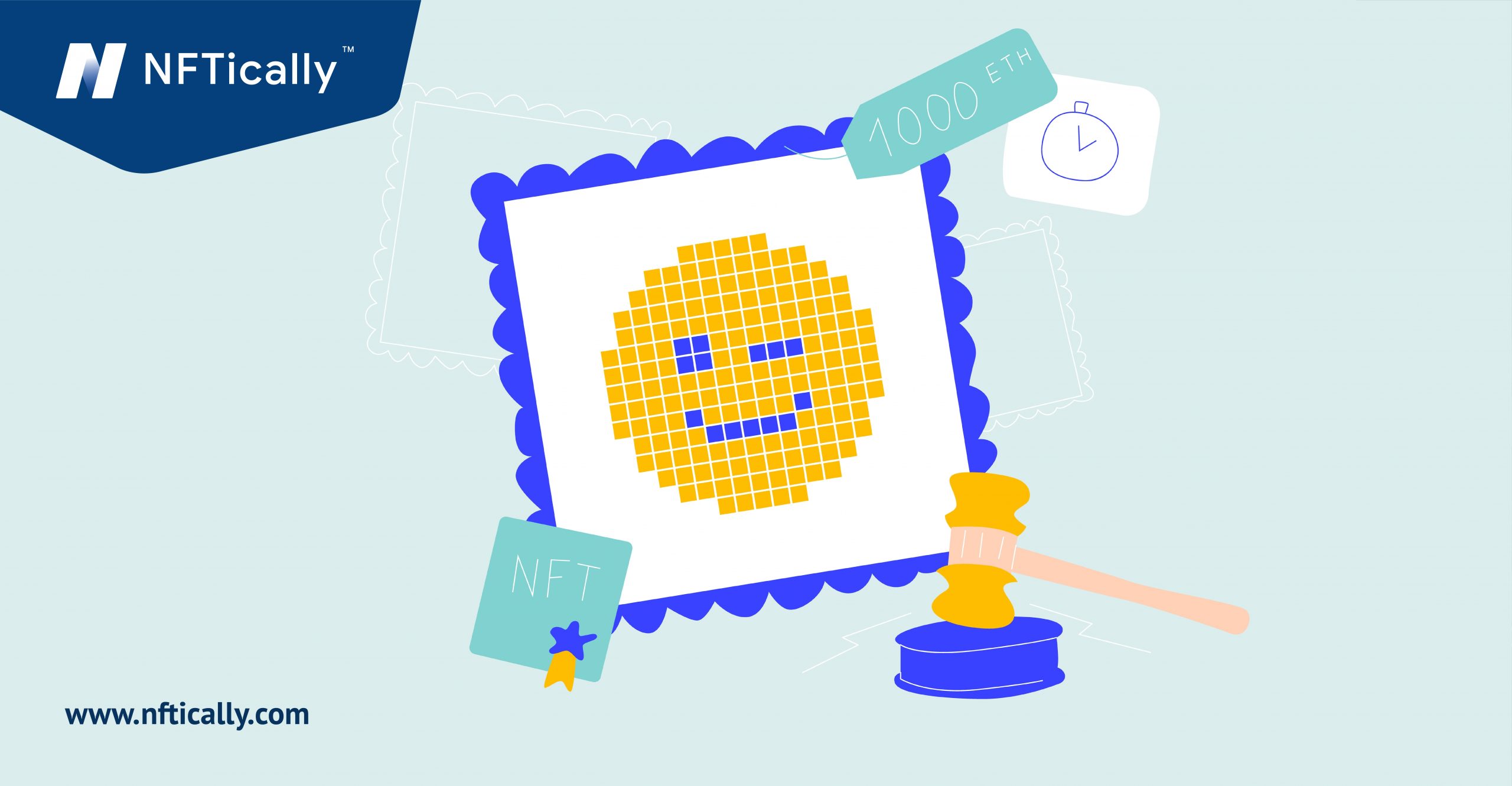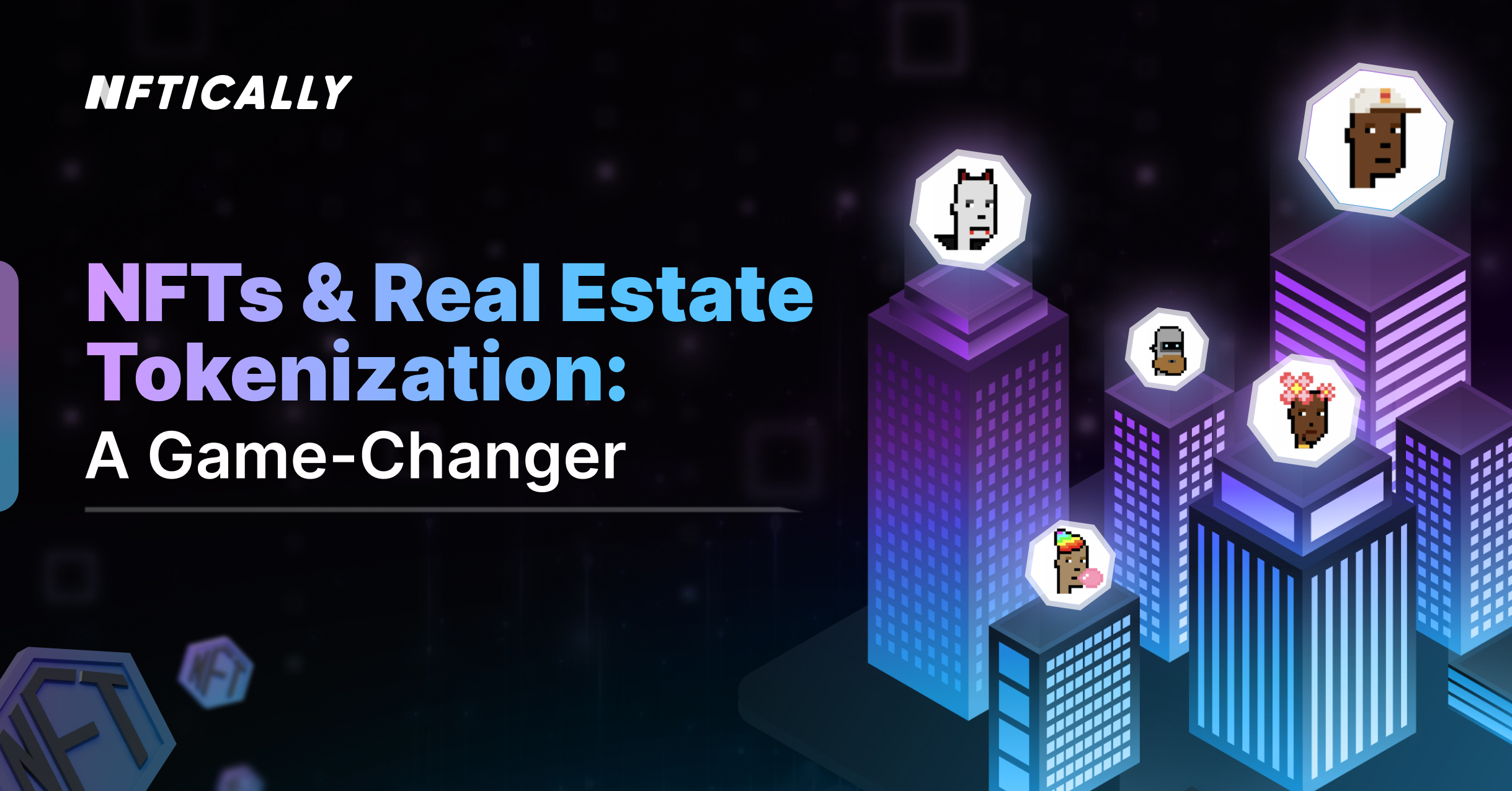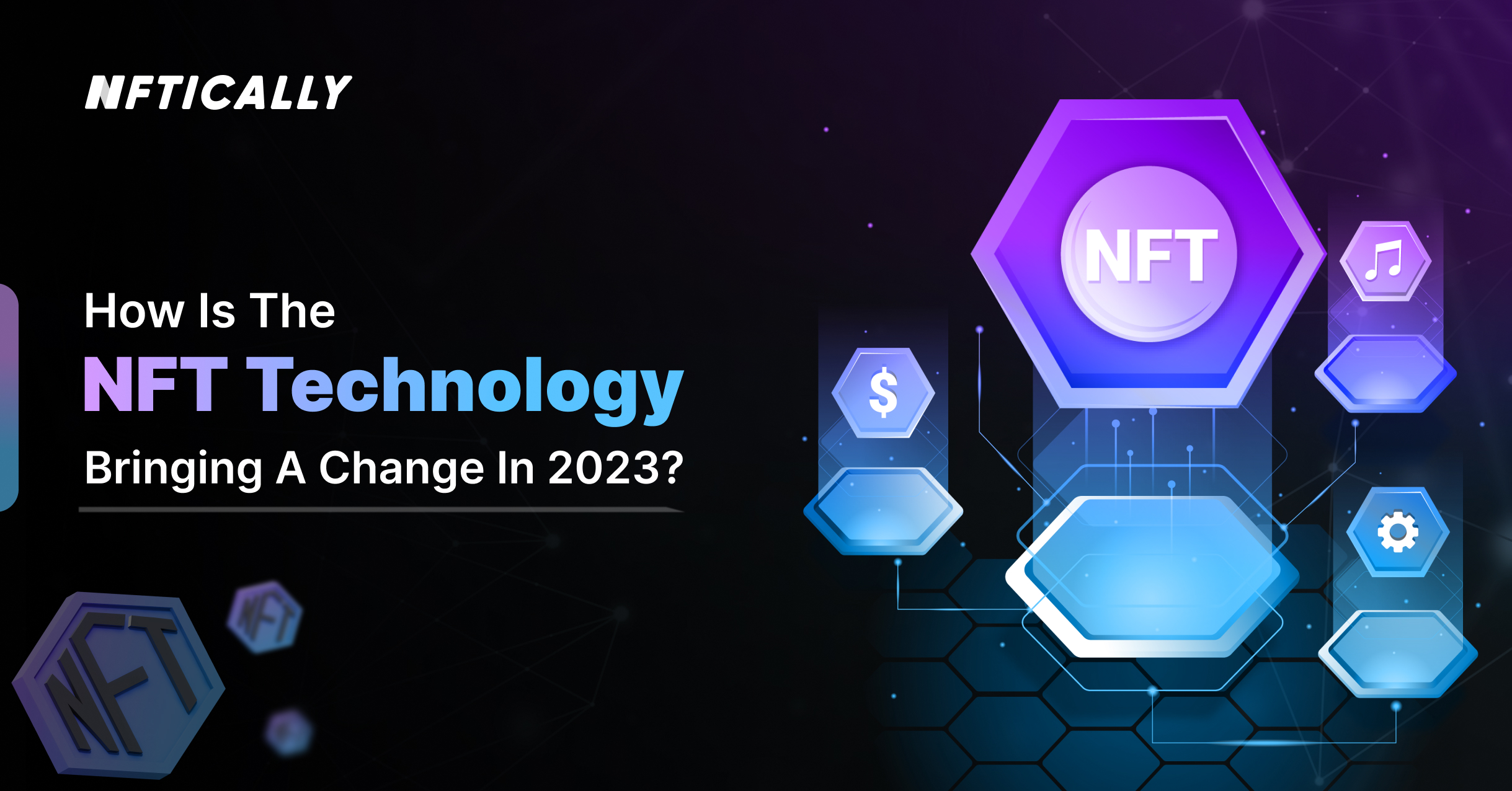- NFT Nft auction
- November 16, 2021
How Do Auctions Work For NFTs?

The seller establishes a small price and a time frame for the transaction to be held at the NFT Auction. Interested buyers can submit bids for the NFTs. As they are higher than the least price set by the Government. Afterward, after the specified period, the NFT offers for sale to the highest bidder.
What is an NFT auction sale?
An auction sale means that your bid may be outbid before the Auction concludes.
- You will see the related link at the top of the NFT page.
- You log in. And also are the highest bidder.
- To confirm that you are still the winning offer, check back before the Auction ends.
You must check the NFT Auction page once the Auction ends. to see if you’ve won or not. Claim your NFT by clicking the Claim button after winning in the NFT Auction. NFTs are issued to your wallet when the seller receives the payment and the money.
Bidding on an NFT auction
Below is the procedure on how to bid at the NFT auction space –
- Connect your wallet with NFTs.
- You may search or browse for NFTs on various NFT platforms to discover what you’re looking for.
- Using Browse, view all current auctions by selecting Auction from the Sale Type drop down.
- Next, decide on an NFT for which you’d want to submit a bid.
- To the right of the NFT, you can view the current bid, remaining time, and other information about the NFT.
- Place a bid by entering an amount more than the current bid in the text field and selecting the Place Bid option.
- Sign the transaction on your Smart Chain.
- Link the wallet by clicking ‘Place Bid a second time’.
- Confirm your bid.
A successful offer on the NFT verifies after the transaction validates on the blockchain. The NFT is yours if no one else makes a better offer before the auction concludes.
How exactly the NFT Auction works
There is an auction for NFTs. It is a 24-hour countdown, after which the Auction will conclude if the reserve price for a piece attains. The countdown meter will reset to 15 minutes. And, for every offer submitted in the last 15 minutes of the countdown. This process will continue till no further bids.
Blockchain-based auctions are international affairs, and participants might span various time zones. So, this auction-style means to offer a fair opportunity to all would-be bids. For collectors, it means knowing that their investment will protect if the reserve price fulfills.
NFT listing for Auction
- You may start the Auction by clicking “List your NFT”.
- To complete the transaction. Your wallet prompts you to confirm it and pay the necessary charge.
- To check how long it will take for your transaction to confirm, select “View on Etherscan.”
- You can use Etherscan. To keep track of all transactions on the Ethereum blockchain.
- In many ways Ethereum is making data transparent and available to everyone. You’ll find links to Etherscan around our site to see the current status of your transactions.
Reserve price and how to list it
An NFT’s listing price is the minimal amount of ETH you’d be ready to accept for the sale of one. The reserve price will be published at the Auction, and collectors will not bid lower. When determining your reserve, it is important to know that a 15% service fee adds to the final sale price of your NFT.
If this is your first time putting your NFT on the market. Then you’ll have a fantastic chance to see what the market will bear. View at the auction prices set by other artists in your field. And, find out what works best for you. Start at a lower price range. While building a new collector base and expanding your NFT market.
What may happen when I start to get bids?
Your reserve price must meet before collectors may bid. To begin the Auction, the initial offer must be put in within 24 hours. To make a new offer, it must surpass the existing bid by 10% or 0.1 ETH, whichever is lower. During this period, you may use social media to generate interest in your Auction. And increase the number of bids.
As long as no more bids are there, the artwork will be sold to whoever placed the highest bid. The “History” part of the artwork page will show all bids. Incoming bids and time extensions will be sent to you by email. If you’ve provided an email address in your user profile.
Extension for NFT Auction
In the final 15 minutes of an auction, any bids will reset the timer to 15 minutes. No bids can enter within the final 15 minutes of an auction if an extension is on the grant. Extending the bidding period by 15 minutes allows each buyer to put one last bid. And for the artwork to reach its genuine market value.
To inform potential bidders of this change. The countdown part of your artwork page will be immediately updated.
After Selling the NFT in Auction
The winning bidder will have to pay the NFT after the Auction is over. It is to their collection, and the funds more petite than a 15% service charge will pay straight to your wallet once they settle it.
If the collector fails to pay for the NFT, it allows the originator to finish the transaction. This is possible if you want to get your ETH immediately from the sale.
The sale amount and the name of the buyer will appear on the artwork page. If the collector decides to put the artwork up for sale again in the future, no further bids are available.
Conclusion:
An auction is a type of sale where the seller sets a minimum price and a time period. Buyers can place bids on how much they are willing to pay for the NFT as long as they are above the minimum price. Then the NFT is sold to the highest bidder at the end of the time period. Now that you have an overview of auctions. You can do the relevant research and then proceed further. Get all the related information for your NFT queries at Discord and Telegram. We would be happy to help you out! Our team is available 24/7 for your assistance.
Related Posts

NFTs and Real Estate Tokenization: A Game-Changer
Are you curious about the next major development in the world of non-fungible tokens (NFTs)? Well, it seems that real estate tokenization is poised to become the next big thing in NFTs. Lately, the concept…
- September 22, 2023

How is NFT technology bringing a change in 2023?
Although the crypto market faced some challenges at the beginning of 2022, often referred to as a “crypto winter,” NFTs continued to demonstrate impressive figures. By the end of the year, the total revenue generated…
- May 25, 2023
Recent Posts
- Revolutionizing AI Clones: Sunny Leone Teams Up with Kamoto.AI for an Unprecedented Debut
- The Evolving Landscape of NFTs: A Glimpse into 2024
- NFT Trends to Shape 2024: A Deep Dive into the Future of Digital Assets
- The Gaming Revolution: NFTs Level Up the Player Experience
- NFTs and Intellectual Property Rights: Navigating Legal and Ethical Challenges
Recent Comments
Archives
- January 2024
- December 2023
- November 2023
- October 2023
- September 2023
- August 2023
- July 2023
- June 2023
- May 2023
- April 2023
- March 2023
- February 2023
- January 2023
- December 2022
- November 2022
- October 2022
- September 2022
- August 2022
- July 2022
- June 2022
- May 2022
- April 2022
- March 2022
- February 2022
- January 2022
- December 2021
- November 2021
- October 2021
- September 2021
- August 2021
- July 2021
Categories
- $ECOM
- 3D NFTs
- AI Characters
- Airdrpos
- Bitcoin
- Blockchain
- Blockchain Technology
- Buy NFTs
- Buying
- Crypto Collectibles
- Crypto Wallet
- Cryptocurrency
- Cryto Mining
- Digital Art
- Digital Assets
- Ethereum
- FAQs
- Features
- Generative Art Nfts
- ICO
- Invest in NFT
- Learn
- Metavatars
- Metaverse
- Minting
- NFT
- NFT 2.0
- NFT Art
- NFT Art Finance
- Nft auction
- NFT Communities
- NFT Crypto
- NFT crypto art
- NFT Drops
- NFT Games
- NFT gaming
- NFT Marketplace
- NFT Memes
- nft project
- NFT Royalties
- NFT Staking
- nft stocks
- NFT Store
- NFT Taxes
- NFT Trading Cards
- NFT Wallet
- NFTICALLY
- NFTs
- Non fungible tokens
- Non Fungile Tokens
- Ordinal NFTs
- Physical Assets
- Press Release
- Selling
- Solution
- Stablecoins
- Store
- Tensor Nfts
- Top Cryptocurrencies
- Uncategorized
- Web 2.0
- Web 3.0
- white label nft marketplace

